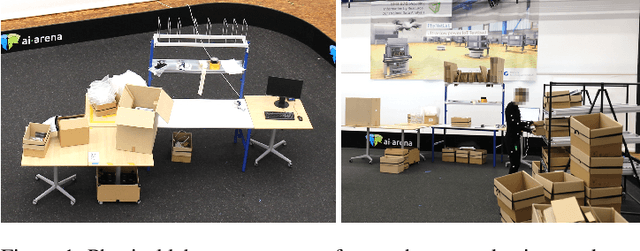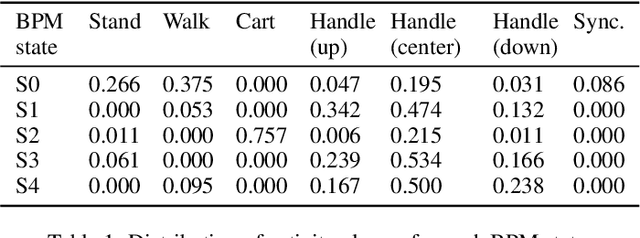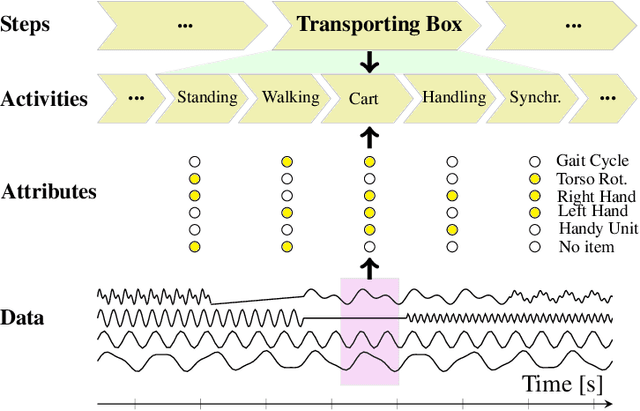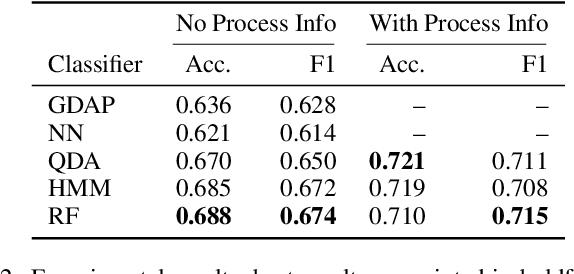Waqas Ahmed
Evaluating the method reproducibility of deep learning models in the biodiversity domain
Jul 10, 2024Abstract:Artificial Intelligence (AI) is revolutionizing biodiversity research by enabling advanced data analysis, species identification, and habitats monitoring, thereby enhancing conservation efforts. Ensuring reproducibility in AI-driven biodiversity research is crucial for fostering transparency, verifying results, and promoting the credibility of ecological findings.This study investigates the reproducibility of deep learning (DL) methods within the biodiversity domain. We design a methodology for evaluating the reproducibility of biodiversity-related publications that employ DL techniques across three stages. We define ten variables essential for method reproducibility, divided into four categories: resource requirements, methodological information, uncontrolled randomness, and statistical considerations. These categories subsequently serve as the basis for defining different levels of reproducibility. We manually extract the availability of these variables from a curated dataset comprising 61 publications identified using the keywords provided by biodiversity experts. Our study shows that the dataset is shared in 47% of the publications; however, a significant number of the publications lack comprehensive information on deep learning methods, including details regarding randomness.
Human Activity Recognition using Attribute-Based Neural Networks and Context Information
Oct 28, 2021



Abstract:We consider human activity recognition (HAR) from wearable sensor data in manual-work processes, like warehouse order-picking. Such structured domains can often be partitioned into distinct process steps, e.g., packaging or transporting. Each process step can have a different prior distribution over activity classes, e.g., standing or walking, and different system dynamics. Here, we show how such context information can be integrated systematically into a deep neural network-based HAR system. Specifically, we propose a hybrid architecture that combines a deep neural network-that estimates high-level movement descriptors, attributes, from the raw-sensor data-and a shallow classifier, which predicts activity classes from the estimated attributes and (optional) context information, like the currently executed process step. We empirically show that our proposed architecture increases HAR performance, compared to state-of-the-art methods. Additionally, we show that HAR performance can be further increased when information about process steps is incorporated, even when that information is only partially correct.
Security in Next Generation Mobile Payment Systems: A Comprehensive Survey
May 25, 2021



Abstract:Cash payment is still king in several markets, accounting for more than 90\ of the payments in almost all the developing countries. The usage of mobile phones is pretty ordinary in this present era. Mobile phones have become an inseparable friend for many users, serving much more than just communication tools. Every subsequent person is heavily relying on them due to multifaceted usage and affordability. Every person wants to manage his/her daily transactions and related issues by using his/her mobile phone. With the rise and advancements of mobile-specific security, threats are evolving as well. In this paper, we provide a survey of various security models for mobile phones. We explore multiple proposed models of the mobile payment system (MPS), their technologies and comparisons, payment methods, different security mechanisms involved in MPS, and provide analysis of the encryption technologies, authentication methods, and firewall in MPS. We also present current challenges and future directions of mobile phone security.
Social network analytics for supervised fraud detection in insurance
Sep 15, 2020



Abstract:Insurance fraud occurs when policyholders file claims that are exaggerated or based on intentional damages. This contribution develops a fraud detection strategy by extracting insightful information from the social network of a claim. First, we construct a network by linking claims with all their involved parties, including the policyholders, brokers, experts, and garages. Next, we establish fraud as a social phenomenon in the network and use the BiRank algorithm with a fraud specific query vector to compute a fraud score for each claim. From the network, we extract features related to the fraud scores as well as the claims' neighborhood structure. Finally, we combine these network features with the claim-specific features and build a supervised model with fraud in motor insurance as the target variable. Although we build a model for only motor insurance, the network includes claims from all available lines of business. Our results show that models with features derived from the network perform well when detecting fraud and even outperform the models using only the classical claim-specific features. Combining network and claim-specific features further improves the performance of supervised learning models to detect fraud. The resulting model flags highly suspicions claims that need to be further investigated. Our approach provides a guided and intelligent selection of claims and contributes to a more effective fraud investigation process.
 Add to Chrome
Add to Chrome Add to Firefox
Add to Firefox Add to Edge
Add to Edge